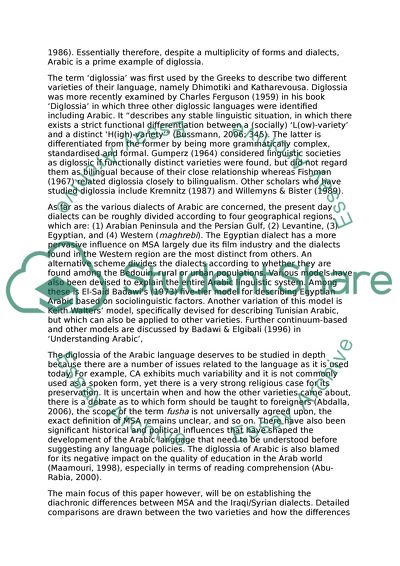Cite this document
(“Diglossia Research Paper Example | Topics and Well Written Essays - 1000 words”, n.d.)
Retrieved from https://studentshare.org/family-consumer-science/1406833-diglossia
Retrieved from https://studentshare.org/family-consumer-science/1406833-diglossia
(Diglossia Research Paper Example | Topics and Well Written Essays - 1000 Words)
https://studentshare.org/family-consumer-science/1406833-diglossia.
https://studentshare.org/family-consumer-science/1406833-diglossia.
“Diglossia Research Paper Example | Topics and Well Written Essays - 1000 Words”, n.d. https://studentshare.org/family-consumer-science/1406833-diglossia.


